Filter by
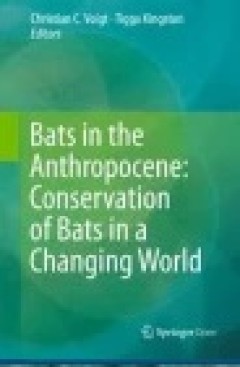
Bats in the Anthropocene Conservation of Bats in a Changing World
This book focuses on central themes related to the conservation of bats. It details their response to land-use change and management practices, intensified urbanization and roost disturbance and loss. Increasing interactions between humans and bats as a result of hunting, disease relationships, occupation of human dwellings, and conflict over fruit crops are explored in depth. Finally, contribu…
- Edition
- -
- ISBN/ISSN
- 9783319252209
- Collation
- -
- Series Title
- -
- Call Number
- -

Advancing Culture of Living with Landslides: Volume 1 ISDR-ICL Sendai Partner…
Landslide Science; International Strategy for Disaster Reduction; Landslide Hazard Assessment; Landslide Dynamics; Landslide Risk Reduction
- Edition
- -
- ISBN/ISSN
- 9783319594699
- Collation
- -
- Series Title
- -
- Call Number
- -

Beiträge zum Göttinger Umwelthistorischen Kolloquium 01/01/2010 - 2011
This annual yearbook presents essays in environmental history based on lectures given at the Göttingen study group “Environmental History” by external authors. As previous yearbooks it is dedicated to the plurality of approaches in environmental history and serves as a valuable source for information about current research in that realm.
- Edition
- -
- ISBN/ISSN
- 9783863950163
- Collation
- -
- Series Title
- -
- Call Number
- -
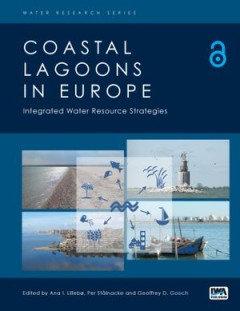
Coastal Lagoons in Europe
Lagoons represent nearly 13% of the shoreline globally and around 5% in Europe. Coastal lagoons are shallow water bodies separated from the ocean by a barrier (e.g., narrow spit), connected at least intermittently to the ocean by one or more restricted inlets, and usually geographically oriented parallel to the shoreline. Coastal lagoons are flexible and usually able to cope with environmental …
- Edition
- -
- ISBN/ISSN
- 9781780406282
- Collation
- -
- Series Title
- -
- Call Number
- -

Biological Wastewater Treatment in Warm Climate Regions Volume II
Biological Wastewater Treatment in Warm Climate Regions gives a state-of-the-art presentation of the science and technology of biological wastewater treatment, particularly domestic sewage. The book covers the main treatment processes used worldwide with wastewater treatment in warm climate regions given a particular emphasis where simple, affordable and sustainable solutions are required. This…
- Edition
- volome 2
- ISBN/ISSN
- 9781843391074
- Collation
- -
- Series Title
- -
- Call Number
- -

Oswald Mathias Ungers and Rem Koolhaas:Recalibrating Architecture in the 1970s
Lara Schrijver examines the work of Oswald Mathias Ungers and Rem Koolhaas as intellectual legacy of the 1970s for architecture today. Particularly in the United States, this period focused on the autonomy of architecture as a correction to the social orientation of the 1960s. Yet, these two architects pioneered a more situated autonomy, initiating an intellectual discourse on architecture that…
- Edition
- 63
- ISBN/ISSN
- 9783839457597
- Collation
- -
- Series Title
- -
- Call Number
- 720
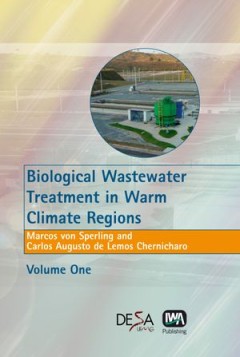
Biological Wastewater Treatment in Warm Climate Regions
Biological Wastewater Treatment in Warm Climate Regions gives a state-of-the-art presentation of the science and technology of biological wastewater treatment, particularly domestic sewage. The book covers the main treatment processes used worldwide with wastewater treatment in warm climate regions given a particular emphasis where simple, affordable and sustainable solutions are required. This…
- Edition
- volome 1
- ISBN/ISSN
- 9781780402734
- Collation
- -
- Series Title
- -
- Call Number
- -
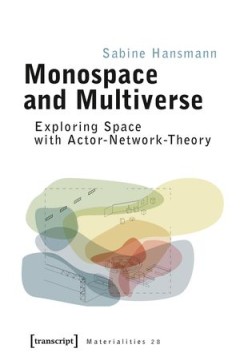
Monospace and Multiverse: Exploring Space with Actor-Network-Theory
In contrast to buildings divided by walls, monospace buildings are determined far less by its shell than by a reciprocal relationship between space and practices, objects, materials, and human bodies. Using the example of such one-room-architectures, this book explores the potential of an actor-network-theory (ANT) approach to space in the field of architecture. Sabine Hansmann focuses on the S…
- Edition
- -
- ISBN/ISSN
- 9783839455029
- Collation
- -
- Series Title
- -
- Call Number
- 720

Anaerobic Reactors
"Anaerobic Reactors is the forth volume in the series Biological Wastewater Treatment. The fundamentals of anaerobic treatment are presented in detail, including its applicability, microbiology, biochemistry and main reactor configurations. Two reactor types are analysed in more detail, namely anaerobic filters and especially UASB (upflow anaerobic sludge blanket) reactors. Particular attention…
- Edition
- volome 4
- ISBN/ISSN
- 9781843391647
- Collation
- -
- Series Title
- -
- Call Number
- -
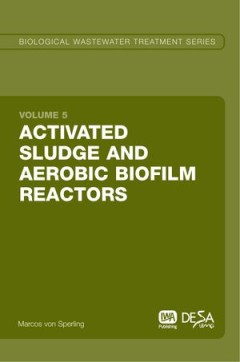
Activated Sludge and Aerobic Biofilm Reactors
Activated Sludge and Aerobic Biofilm Reactors is the fifth volume in the series Biological Wastewater Treatment. The first part of the book is devoted to the activated sludge process, covering the removal of organic matter, nitrogen and phosphorus.A detailed analysis of the biological reactor (aeration tank) and the final sedimentation tanks is provided. The second part of the book covers aerob…
- Edition
- volome 5
- ISBN/ISSN
- 9781843391654
- Collation
- -
- Series Title
- -
- Call Number
- -
 Computer Science, Information & General Works
Computer Science, Information & General Works  Philosophy & Psychology
Philosophy & Psychology  Religion
Religion  Social Sciences
Social Sciences  Language
Language  Pure Science
Pure Science  Applied Sciences
Applied Sciences  Art & Recreation
Art & Recreation  Literature
Literature  History & Geography
History & Geography